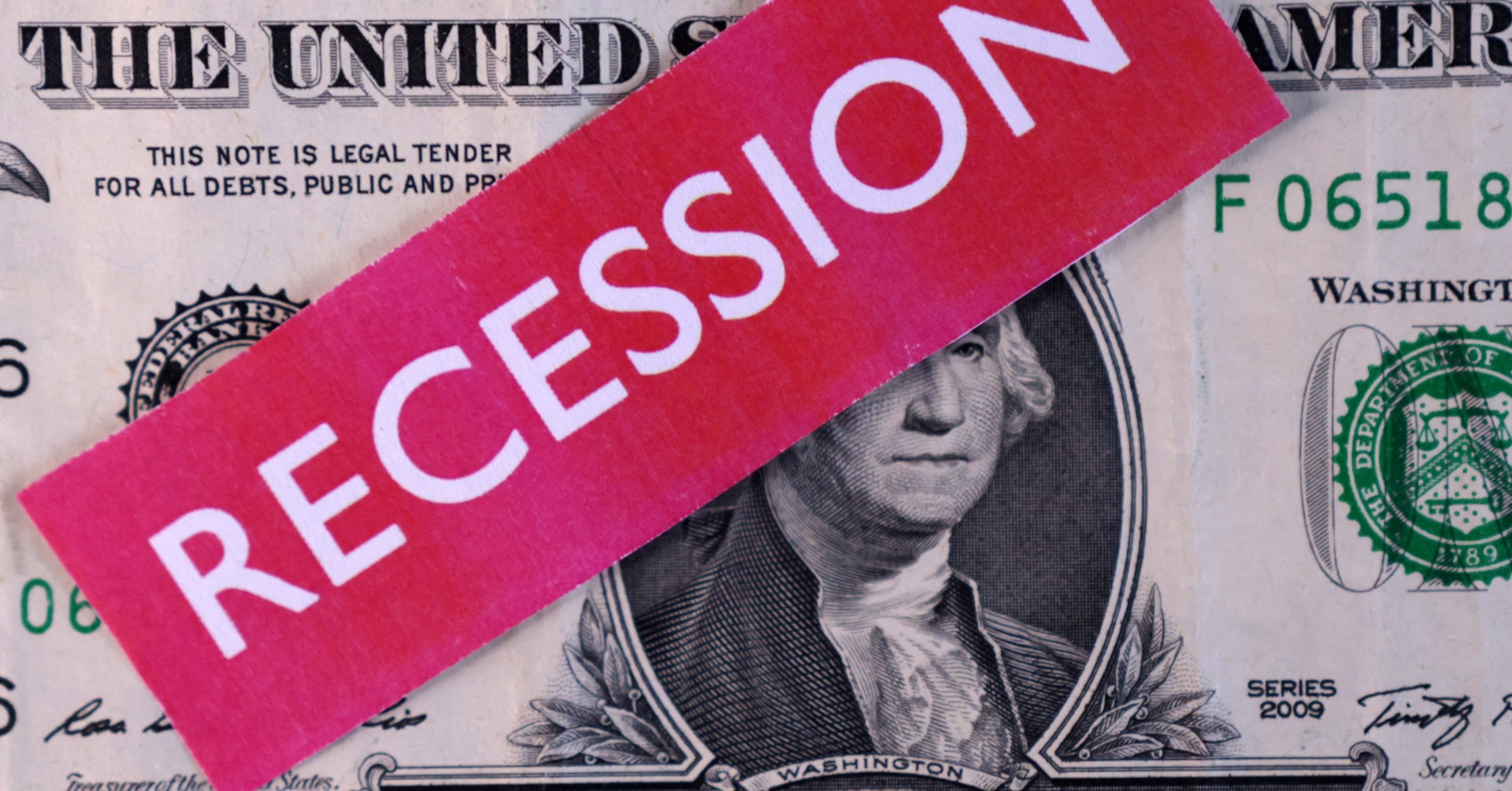Global recession risks have resurfaced in markets’ concerns, though economic data and key financial indicators provide mixed signals. A 90-day pause on most reciprocal tariffs announced by U.S. President Donald Trump in April has alleviated some investor fears, but the impact on business and consumer confidence is expected to persist. Economists polled by Reuters now predict a higher likelihood of a recession this year compared to forecasts of robust growth just three months ago. Barclays anticipates a significant global slowdown, coupled with mild recessions in the U.S. and eurozone. However, a recession is not inevitable; swift trade deals or tax cuts in the U.S. could reduce risks, while lower rates and fiscal stimulus might buffer the eurozone economy. Commodity markets indicate a sharp slowdown in growth, with oil prices down approximately 16% this year. Copper prices, often seen as a reliable indicator, remain below their March peak. Government bond markets reflect concerns about a U.S. tariff-induced slowdown but do not signal heightened recession risks, assuming central banks will respond with rate cuts. Yield curves, historically seen as recession predictors, have been questioned recently. Lastly, company earnings suggest tariffs will increasingly affect future quarters, yet stock valuations have not fully reflected this uncertainty.
— new from Reuters
